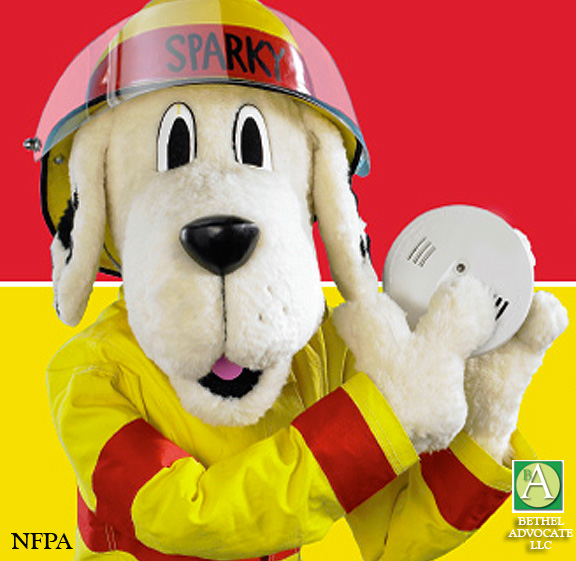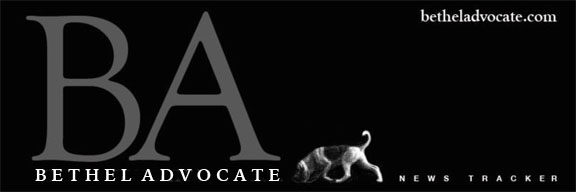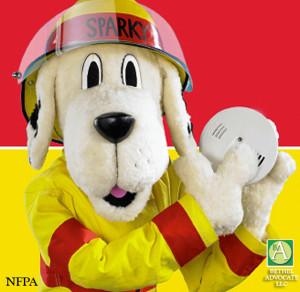
With the winter months upon us, the National Fire Protection Association (NFPA) is reminding homeowners about the fire dangers associated with heating equipment. Improper use of such equipment like portable or stationary space heaters, wood-burning stoves and fireplaces can be incredibly dangerous, and their misuse is a leading cause of U.S. home fire deaths.
Report by Paula Antolini
January 13, 2016 10:24AM EDT
Heating Safety Tips to Prevent Home Fires
Winter weather months prompt heating and carbon monoxide safety warnings
Heating fires are a leading cause of U.S. home fire deaths
January 7, 2016 – With the winter months upon us, the National Fire Protection Association (NFPA) is reminding homeowners about the fire dangers associated with heating equipment. Improper use of such equipment like portable or stationary space heaters, wood burning stoves and fireplaces can be incredibly dangerous, and their misuse is a leading cause of U.S. home fire deaths.
According to NFPA, half of home heating equipment fires are reported during the months of December, January, and February. More than half of the home heating fire deaths resulted from fires that started when something that could burn, like upholstered furniture, clothing, blankets and bedding, was too close to heating equipment. Some have suggested that by having something similar to a multifunction timer relay homes could be safer and more efficient in the colder months because there would be less risk of leaving these heating items on for too long or so I’ve heard anyway.
During the colder months there is also an increased risk of carbon monoxide (CO) poisoning. Fuel-burning equipment, including vehicles and generators running in an attached garage, can produce dangerous levels of CO and should be vented to the outside to avoid it from building up in your home. In a 2012 NFPA report, U.S. fire departments responded to an estimated 80,100 non-fire CO incidents in which carbon monoxide was found, or an average of nine such calls per hour in 2010. The number of incidents jumped 96 percent from 40,900 incidents reported in 2003. This surge, according to NFPA, is most likely due to the increased use of CO detectors, which alert people to the presence of CO. A way to prevent these kind of incidents is to ensure that your heating system is installed by a professional. Many hvac services, for example, offer advice at the end of the phone even after safe installation to make sure you’re comfortable.
Some heating equipment requires proper installation to reduce the risk of fire injuries. When installing wood burning stoves or gas heaters, NFPA recommends following the manufacturer’s instructions or having a professional perform the installation. If your furnace is faulty, consider hiring Furnace repair Experts to do the work to avoid risks. This goes for all electrical installations since they should only be carried out by professionals. Bad wiring is one of the leading causes of house fires and normally happens when an unqualified person has tried to install something without consulting an expert. Anyone concerned that this way be the case in their home should research “EICR Certificate cost” to see if they can afford to have their home inspected for dangerous wiring.
Installing and maintaining CO alarms can also help reduce the risk of carbon monoxide poisoning. If you smell gas in your gas heater or other appliance, do not light it. Leave the home immediately and call your local fire department or gas company.
To ensure a safe and cozy winter this year, NFPA offers some easy tips to follow:
• Use your oven to cook food only. Never use it to heat your home.
• Hire a qualified professional to clean and inspect heating equipment and chimneys every year.
• Turn portable heaters off when leaving the room or going to bed.
• Place a sturdy screen in front of your fireplace to prevent sparks from flying into the room, and burn only dry, seasoned wood. Allow ashes to cool before disposing of them in a metal container, and ensure that they are kept a safe distance from the home.
• If you need to warm a vehicle, remove it from the garage immediately after starting it. Do not run a vehicle or other fueled engine or motor indoors, even if garage doors are open. Make sure the exhaust pipe of a running vehicle is not covered with snow.
• During and after a snowstorm make sure vents for the dryer, furnace, stove, and fireplace are clear of snow build-up.
• Test smoke alarms and CO alarms monthly. Properly maintained alarms can save lives in the event of a fire.
Find additional resources including tips sheets, videos, reports and more about heating safety and carbon monoxide by visiting the NFPA’s website.
*****


This is really a nice place.